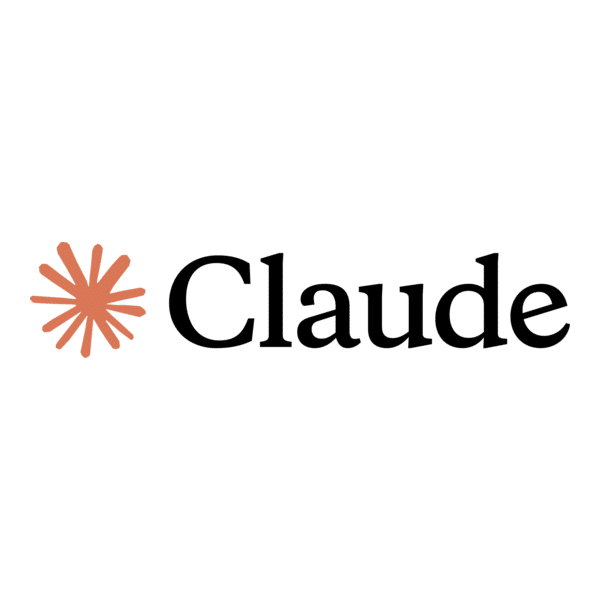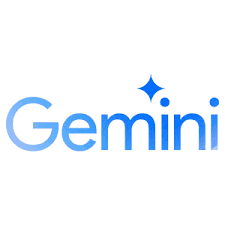
Why Your Demand Spaces Are Already Outdated (And How to Fix Them)
By Dig Insights
- article
- Agile Quantitative Research
- Agile Qualitative Research
- Behavioural Insights
- Brand Research
- Concept Testing
- Diary Studies
- Innovation Research
- Trend Monitoring
- Trend Scouting
Consumer expectations are evolving overnight. Technologies are rewriting categories. Competitors are emerging from directions we couldn’t even anticipate. And if your demand spaces are only reflecting the present, they could already be out of date by the time that research is published.
This is the challenge facing insights and innovation leaders today: traditional demand spaces and other key tools have done a great job explaining where consumers are today, looking at their needs, their motivations, and their occasions. But today doesn’t last very long anymore. With the rate of acceleration and things changing at exponential speeds, we need to reimagine how we leverage these tools in a more foresight future-proofing way.
This article covers part of the webinar “Reimagining Demand Spaces: Turning a Classic Insight Tool into Tomorrow’s Innovation Engine”. Rewatch the entire webinar here:
Reimagining Demand Spaces: Turning a Classic Insight Tool into Tomorrow’s Innovation Engine
The Problem with Present-Focused Research
When demand space data only captures current needs, we miss the latent dissatisfactions and emerging opportunities that signal where the market is headed. Categories are evolving faster than ever, driven by early-stage investments, startup innovation, DIY trends, and cultural conversations. Understanding what consumers are experimenting with, what they’re discussing beyond transactional data, what we see on social platforms and in their communities through emerging behaviours can help us predict what will be valuable to them in the future.
Three Tactics to Future-Proof Your Demand Spaces
1. Create an Emerging Spaces Layer
Establish a clearly defined quadrant within your framework that highlights emerging demand spaces. This layer should be informed by early fringe signals that are distinct from today’s high-volume areas. Consider what is starting to emerge from the bottom, rather than what’s already mainstream.
2. Apply Future Weighting
Model potential growth using deduction curves, cultural acceleration patterns, or technology diffusion models. This approach projects where momentum is building and how those demand spaces will evolve over time. It’s about translating fast-growing behaviours into broader cultural impact and understanding where we’re headed.
3. Build Scenario Hooks for Each Emerging Space
Use “what if” thinking to explore how changes in culture, technology, and regulation might transform niche opportunities into mainstream demand. By considering these shifts, your strategies become dynamic and future-ready rather than static snapshots.
Case Study: How Jolly Rancher Hit $400M with Future-Focused Demand Spaces
Like many CPGs, Jolly Rancher had a wealth of data on impulse shopping patterns, flavour trends, sugar reduction desires, and broader shifts around snacking and wellness. The brand had deep institutional knowledge and a strong heritage. The challenge, however, was how to leverage that foundation to connect with a younger audience.
The team asked: what do younger consumers want to experience and how can Jolly Rancher evolve to meet them in those moments? This was an opportunity to not only lean into nostalgia but also align with Gen Z’s expectations by blending heritage with freshness and new moments.
The Five Emerging Demand Spaces
By merging market data and cultural intelligence, the team identified five emerging demand spaces for innovation:
- Textural experiences that offer moments of soothing and focus: critically important to a generation characterised by anxiety and finding ways to soothe themselves. This was a surprising connection to make with a hard candy brand.
- Dynamic and evolving flavours or formats: opportunities for personalisation and experimental moments.
- Drop culture and virality: the anticipation of new candy moments that might emerge and create social buzz.
Rather than looking at what was trending, the approach focused on what these moments mean and what will resonate in future moments. The goal was to bring the product into new spaces and new segments by designing around real human tensions, desires, and moments, not just category product evolution, like a new flavour or size.
The Results
The freeze-dried candy line sparked viral snacking trends, built around texture, flavour, and delivering joy. The response was remarkable, with comments like “best release ever” and “best version on the planet” for a brand that hadn’t seen much conversation in years.
In 2024, Jolly Rancher hit $400 million in brand sales, a 25% year-over-year increase, one of the strongest growth years in the brand’s history. The success was rooted in adding a foresight layer to the demand moment, designing products that meet the moments people want to experience, not just the flavours they desire or how they typically consume candy.
Making the Shift
You move from describing today to anticipating tomorrow when you embed these future-focused techniques into your demand space analysis. When we deliver insights, they’re not just looking at today; they’re also anticipating what’s next. This stretches out the lifespan of insights and makes them more actionable for innovation programs, longer-term enterprise strategy, and growth initiatives.
The key shift is using demand space data not just to understand current needs, but also to uncover latent dissatisfactions and emerging opportunities before your market is completely reshaped and consumers have completely new expectations of you.
This article covers part of the webinar “Reimagining Demand Spaces: Turning a Classic Insight Tool into Tomorrow’s Innovation Engine”. Rewatch the entire webinar here:







